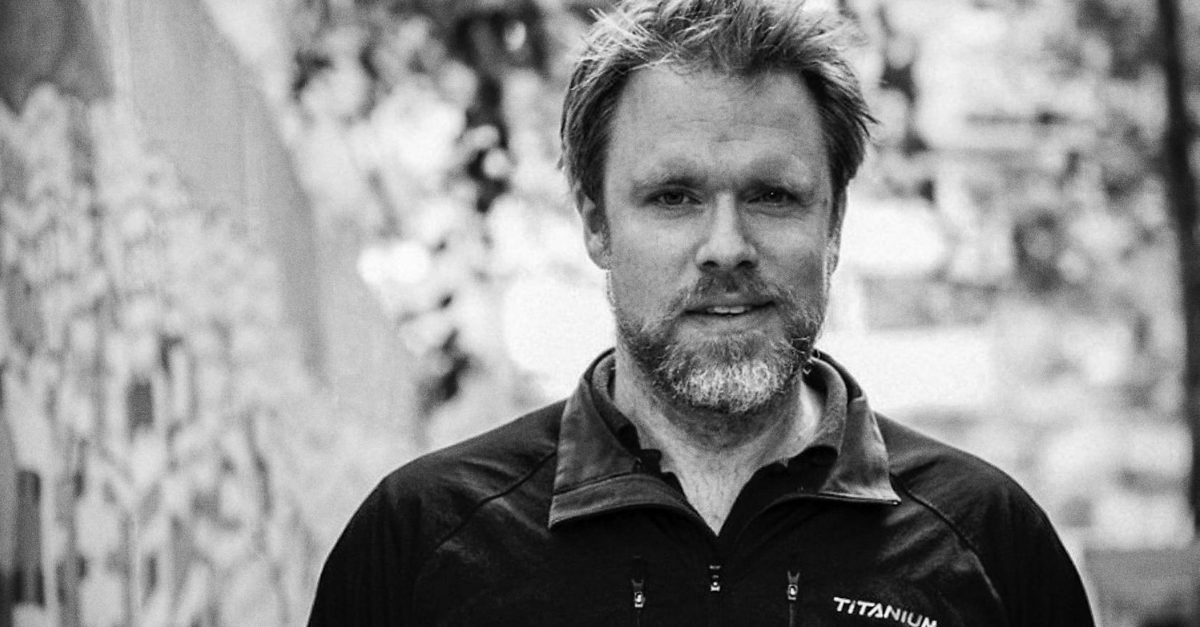The COVID City
By Robert Muggah and Ian Goldin
Published in Project Syndicate
The COVID-19 pandemic has fallen hardest not just on cities but on poorer, overcrowded neighborhoods, lending further credence to the observation that, in today’s world, one’s post code determines one’s destiny. But could the pandemic lead to a more advanced and inclusive form of urbanism?
LONDON – No city has escaped the deadly spread of COVID-19. But the virus has had a profoundly uneven impact on different groups of people, even within the same city. When New York City was the global epicenter of the pandemic, downtown Manhattan had an infection rate of roughly 925 per 100,000, compared to 4,125 per 100,000 in Queens. The reason for this gap is straightforward: New York’s wealthiest residents could access a wide range of health services and work remotely in spacious multi-story buildings.
As we show in our new book Terra Incognita, COVID-19 is exacerbating multiple forms of inequality within and between countries and cities, and raising fundamental questions about the future of urban living. Major cities are bearing the brunt of the pandemic’s human and economic costs – and the worst is yet to come – fueling concerns about whether they will survive as the central nodes of the global economy.
Read the article



